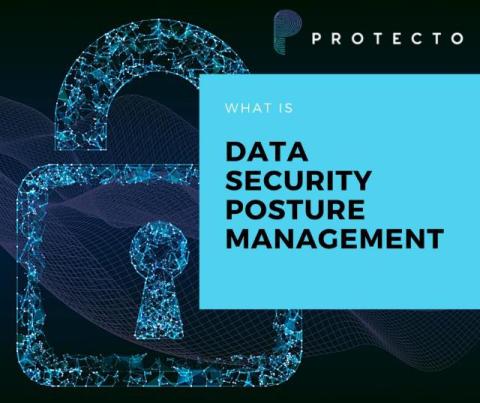Board Responsibilities for Data Security and Privacy
Corporate boards are tasked with ensuring that sensitive information—ranging from intellectual property (IP) and end-user information to sales statistics—is handled securely. As data becomes an ever-more valuable asset, so too do the risks associated with mismanagement.











